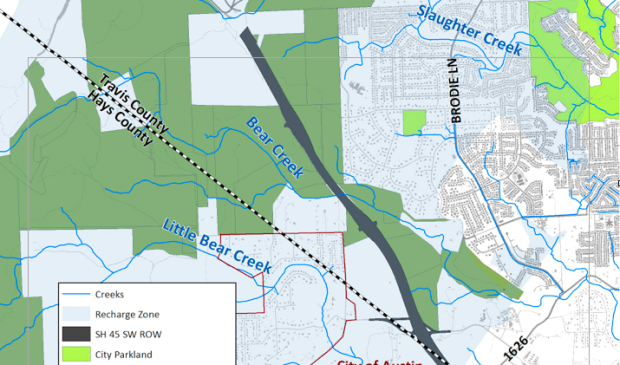Newsletter Signup
The Austin Monitor thanks its sponsors. Become one.
Most Popular Stories
- Council members celebrate unanimous defeat of bill that proposed putting Austin under state control
- A once-banned type of building is back in favor – and the Planning Commission approves
- Eviction crisis spreads as affordability pressures worsen
- Austin churches answer prayers for affordable housing – by building it themselves
- Audit shows former Austin Water employee directed search of boss’ inbox
-
Discover News By District
Key Players & Topics In This Article
Austin City Council: The Austin City Council is the body with legislative purview over the City of Austin. It offers policy direction, while the office of the City Manager implements administrative actions based on those policies. Until 2015, the body contained seven members, including the city's Mayor, all elected at-large. In 2012, City of Austin residents voted to change that system and as of 2015, 10 members of the Council are elected based on geographic districts. The Mayor continues to be elected at-large.
CAMPO: The Capital Area Metropolitan Planning Organization is the regional planning organization for Bastrop, Burnet, Caldwell, Hays, Travis, and Williamson Counties. Its membership is drawn from the elected officials of those municipalities, as well as various cities that fall within the region, including the City of Austin. CAMPO's focus is on regional transportation issues.
CTRMA: The Central Texas Regional Mobility Authority. A governmental agency created, according to its web site, in 2002 to "improve the transportation system in Williamson and Travis counties." The site also notes that the agency's "mission is to implement innovative, multi-modal transportation solutions that reduce congestion and create transportation choices that enhance quality of life and economic vitality." In addition to other responsibilities, the agency oversees a set of toll roads in the region.
SH45SW: A controversial road project that supporters argue would ease traffic traveling through areas of far Southwest Travis and far Southeastern Hays County. Opponents argue that the environmental impact of the effort, which runs close to sensitive land, is not worth that risk. The debate over the issue goes back as far as the mid-1980s.
TxDOT: The transportation agency for the State of Texas.







